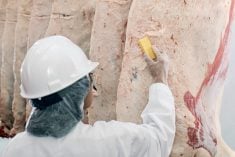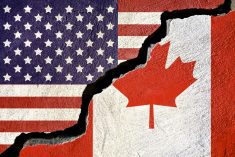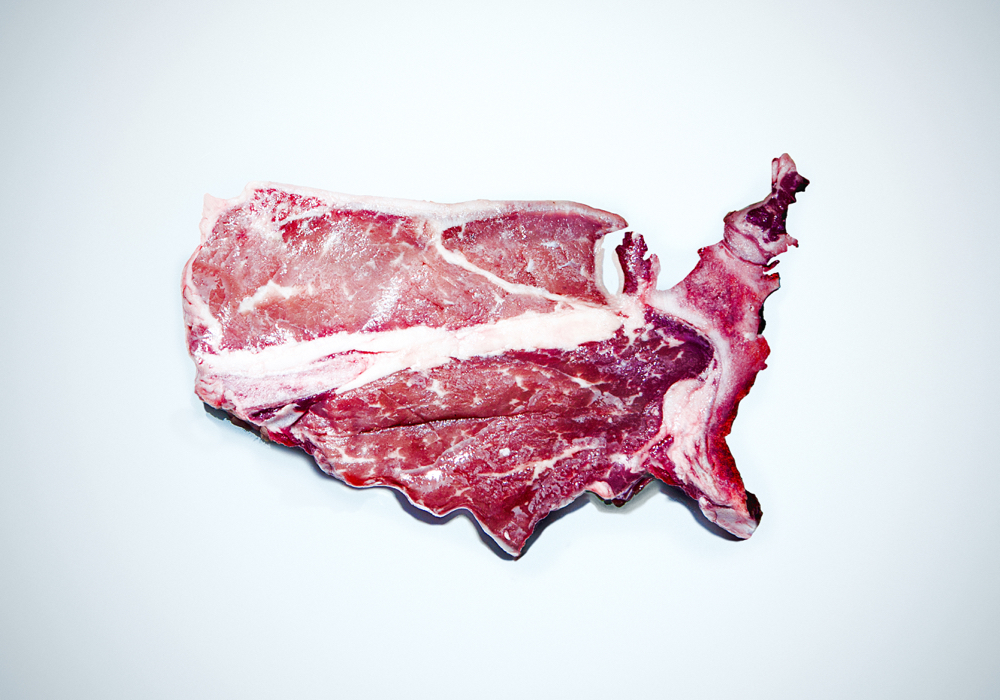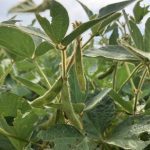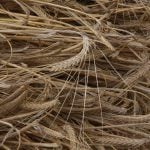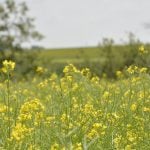My little corner of the world in northern California began the new year with a healthy dose of rain. I wish I could say the same thing happened in Canada, which is said to be abnormally dry. If it didn’t, I’m definitely praying for rain across the entire country. The “abnormally dry” description came in Agriculture and Agri-Food Canada’s assessment in early December of nationwide drought conditions. More than 72 per cent of Canada was experiencing moderate to exceptional drought conditions on November 30. This included 81 per cent of the country’s agricultural landscape used to feed millions of people and animals.
Rising temperatures and intense drought conditions affected Canadians in 2023, from water rationing to the country’s worst wildfire season on record. Last year was a year never seen before in Canada, says John Pomeroy, the Canada Research Chair in water resources and climate change. Higher intensity droughts, according to the map by Agri-Food Canada, were concentrated out west in places like British Columbia, Alberta and the Northwest Territories. Communities east of Calgary, south of Fort St. John, B.C., and south of Yellowknife faced extreme or exceptional drought conditions.
Drought is the last thing Canadian cattle producers want to have to deal with during their efforts to rebuild their beef cow herds. The national cattle numbers steadily declined this century, from 14.925 million head on January 1, 2005, to 11.22 million head in 2020. This was the lowest total since 1990. Only three years — 2011, 2012 and 2018 — saw year-on-year increases in numbers.
Read Also
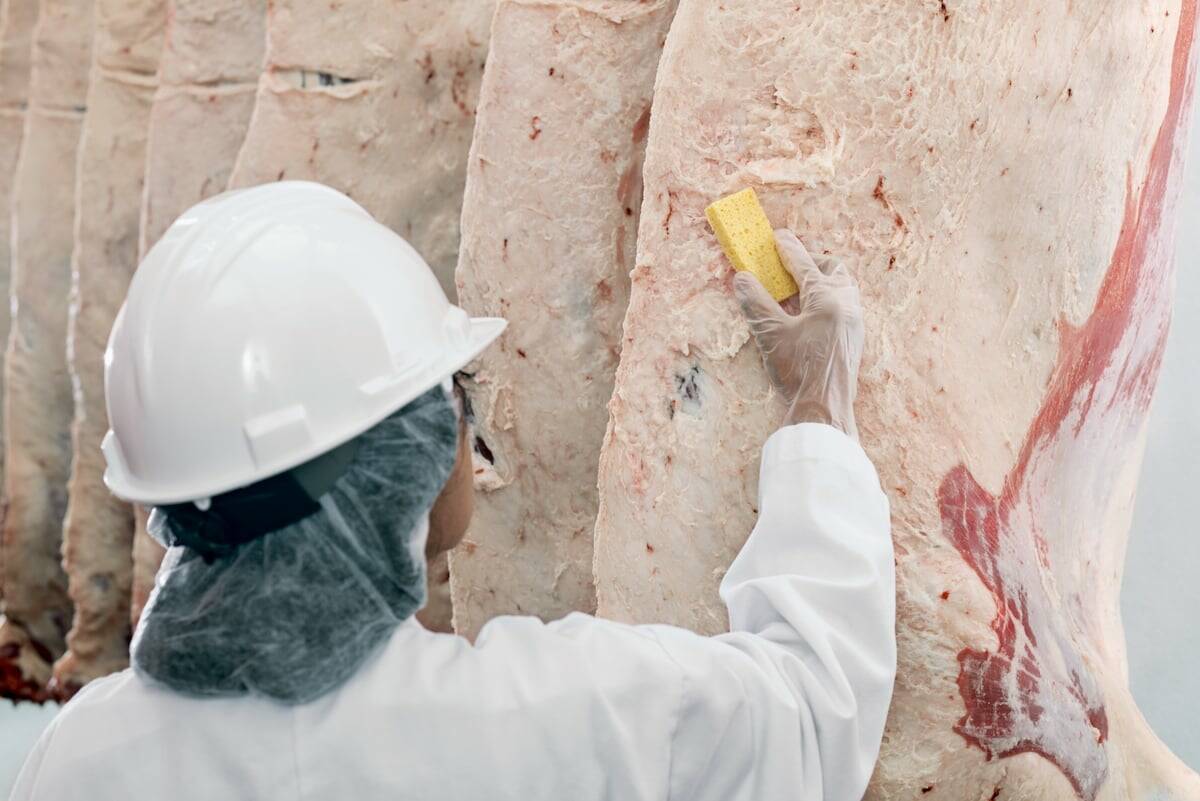
Key supply and demand factors in the U.S. beef market
Beef market analyst Steve Kay outlines the fundamentals driving the U.S. beef market, including cow herd size, weather, disease threats, imports and demand.
Meanwhile, U.S. beef producers started 2024 with no signs of being interested or able to start rebuilding their herds. The U.S. cattle inventory on January 1 was expected to be down again sharply even though the January 1, 2023 total of 89.3 million head was the smallest in years. This year might see the sixth year of declining numbers, which would be more than usual in the U.S. cattle cycle. Cattle producers in some regions continue to face drought, while most producers face continued high input costs. High interest rates are another factor, as producers are reluctant to use new bank loans to expand their herds. On the contrary, they continue to sell more heifers than they are retaining to rebuild their cash reserves.
On another note, I just read a study that says contrary to conventional wisdom, pasture-finished operations (typically associated with a higher level of sustainability) produce 20 per cent more carbon than cattle finished on grain. The livestock industry’s previous notion surrounding grass-fed cattle and their transition to grain-based diets before slaughter is now facing scrutiny after a ground-breaking study recently released by the Breakthrough Institute. The study conducted was an extensive examination of 100 beef operations from 16 countries, revealing insights that diverge from prior research.
The findings challenge the prevailing narrative that grass-fed operations are inherently more environmentally friendly. As environmental sustainability takes centre stage in discussions about agriculture, the study prompts a re-evaluation of assumptions. Diving deeper into the environmental impacts, when accounting for soil carbon sequestration and carbon opportunity cost, the total carbon footprint of these operations is a staggering 42 per cent higher. This revelation underscores the critical role of land use intensity in shaping the overall environmental effect of beef production. The implications extend beyond the immediate concerns of greenhouse gas emissions, emphasizing the intricate relationship between land use practices and overall carbon footprint. Ironically, a new consumer survey funded by the Kansas Beef Council found that consumers rank the issue of greenhouse gas emissions from beef very low in importance. Far more important were the typical attributes of the beef-eating experience.




